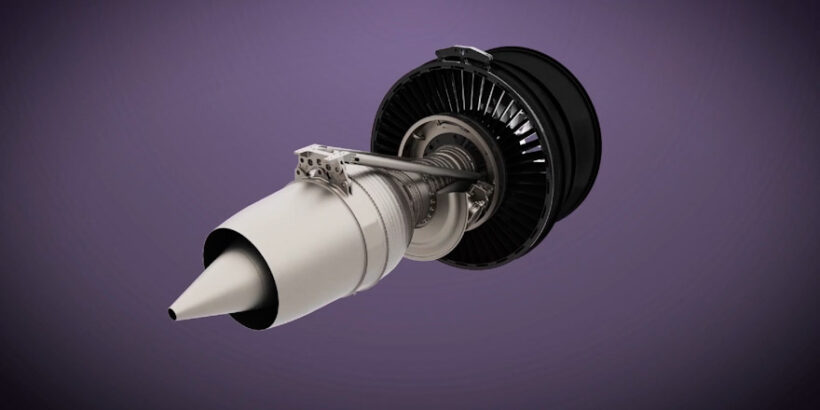Automatic control systems are increasingly being used in various areas of our lives. They perform the functions of regulating, controlling and protecting processes that ensure the trouble-free and long-term operation of various high-tech and domestic equipment. For instance, on every passenger aircraft there are a multitude of sensors that monitor everything inside and outside.
All of these devices are controlled by automation, which has a large number of algorithms programmed into it. But there are objects in the aircraft which tend to change their preset parameters due to unforeseen situations such as bad weather or a foreign object hitting the turbine. Therefore, it is necessary to use algorithms that can improve automation control in non-standard cases.
Scientists from Perm Polytechnic have created a method that will help improve the automatic control system in bad weather conditions, as well as increase the service life of aircraft engines. The development was carried out as part of the Priority 2030 strategic academic leadership programme.
An article with the results of the research was published in the Proceedings of the Russian Young Researchers Conference on Electrical and Electronics Engineering 2023 ElConRus, held in St. Petersburg.
According to scientists, the performance of gas turbine engines or combustion chambers can change depending on the weather or unforeseen situations, such as a power surge or a foreign object hitting the turbine. It is very difficult to detect these changes, so special sensors are installed to read the parameters so that the automation can adapt to the new conditions and balance the output. But because of fluctuations and impulses, the system is not always effective, or not at all. This can lead to an unnecessary increase in the engine’s power output, which wastes fuel as well as wastes operating time.
– It is now generally recognised that the main problem with objects with such variable values is the lack of a mathematical description of these values, as well as the unsystematic change in the characteristics of the transient process. It should be noted that when designing aviation automatic control systems the permissible overshoot value lies in the range of 3-7%, which affects the complexity of the designed control system. Therefore, we decided to use the method of adaptation with a reference model together with the method of degree of affiliation difference for objects with variable values,” says Alexander Yuzhakov, Head of the Department of Automation and Telemechanics at PNIPU, Doctor of Technical Sciences.
– To solve the adaptation, we have programmed an algorithm that fits seamlessly into the automatic control system. It allows the automation to adapt to new conditions with high precision, thereby preventing the engine from producing more power than necessary. In addition, the technology is resistant to various disturbances, including bad weather conditions: thunderstorms, snowfall, hail and many others,” says Sergey Storozhev, assistant professor of the Automation and Telemechanics Department at PNIPU.
Thanks to the development of scientists at Perm Polytechnic University, the control of the automatic control system over machinery that can work within undefined parameters in non-standard conditions will improve. This makes it possible to save energy and resource potential, for example, for aircraft engines or other machinery where there are automatics.


